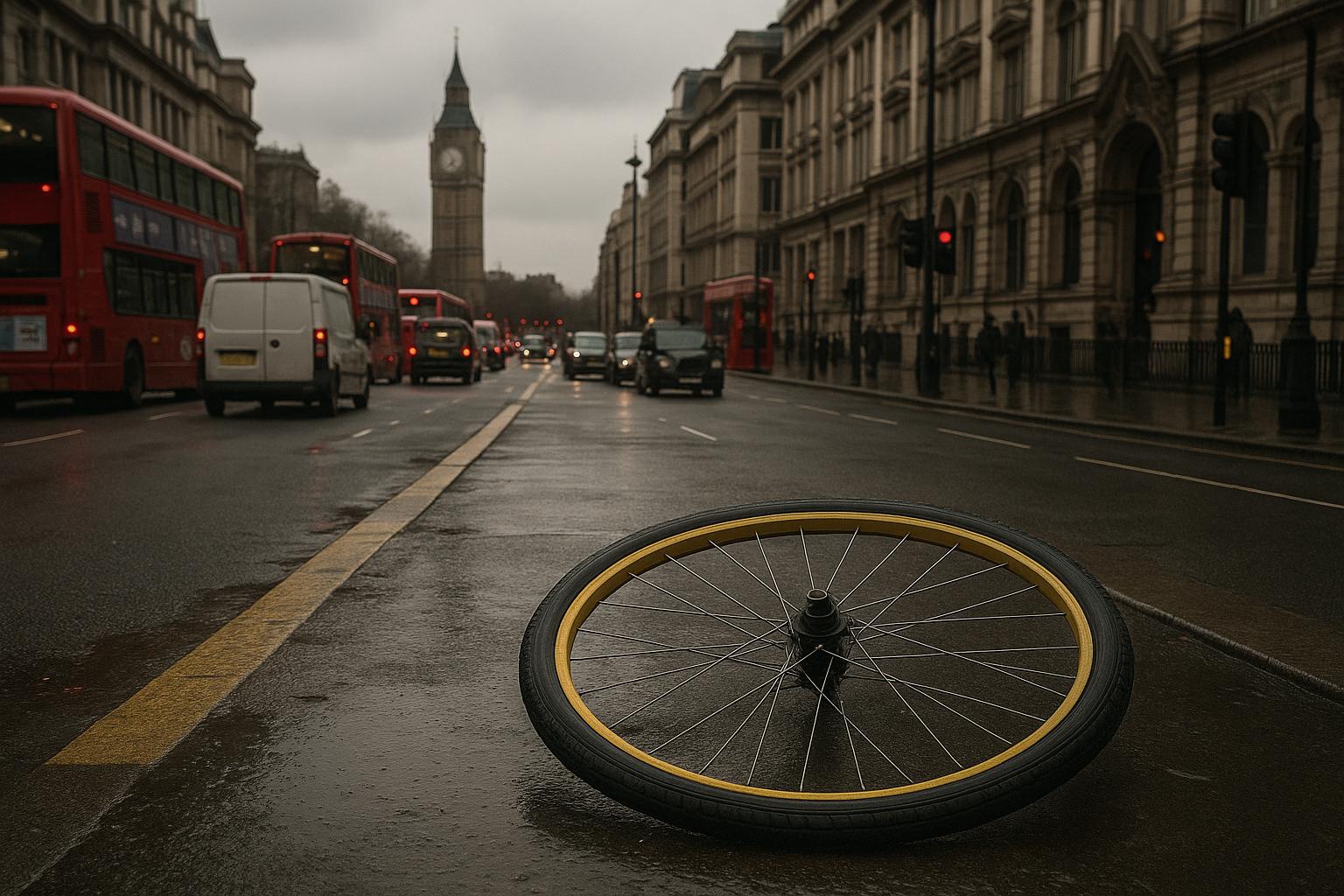During the recent Tube strikes in London, the surge in the use of dockless hire bikes, such as Lime, highlighted the significant potential of cycling to serve as a safe and convenient mode of transport in the city. Tom Fyans, the CEO of The London Cycling Campaign, remarked on how the strikes demonstrated cycling's ability to effectively move large numbers of people, while also exposing the gaps in infrastructure. He pointed out that many areas in London still lack genuinely safe and comfortable routes for cyclists, and that the capacity on existing cycle routes is urgently insufficient to meet growing demand.
This trend aligns with broader data showing a sharp rise in cycling across parts of London, especially in the City of London’s financial district. Recent figures reveal a 57% increase in cycling journeys over two years, with bicycles now outnumbering cars by two to one during daytime hours. The growth has been driven largely by a 340% spike in dockless e-bike use, including brands like Lime and Forest, which now account for 17% of all bikes in the area. These statistics underscore the rising popularity of micromobility solutions and their convenience for short urban trips.
However, with the increasing presence of dockless bikes comes a corresponding challenge: the management of bike parking and its impact on public space. The City of London Corporation has outlined measures to ensure responsible bike-sharing, amidst concerns about bikes being left inappropriately on pavements and obstructing pedestrians. Transport for London (TfL) has ramped up enforcement through a new policy threatening fines against operators whose bikes are parked outside designated areas. This move seeks to balance the benefits of dockless schemes with the need to maintain safe and accessible streets for all users.
In tandem with these developments, the Mayor of London has introduced a comprehensive Action Plan aimed at encouraging more residents to cycle. The plan includes expanding established initiatives like the Santander Cycles scheme, which has recorded over 10 million hires in recent years. This effort is part of a broader vision outlined by the Greater London Authority to transform the capital into the world's leading big cycling city. Goals of this strategy include expanding the cycleway network, reducing road danger, and increasing the accessibility of cycling, all contributing to a significant 70% growth in cycling in the City of London since 2017 and a 20% rise in daily cycle journeys since 2019.
Transport for London’s commitment is further demonstrated through its Dockless Bike Share Code of Practice, which sets out operational standards for e-bike companies. This code is designed to ensure that bike hire services complement London's public transport rather than conflict with it, promoting safe and sustainable transport alternatives while addressing concerns such as congestion and pedestrian safety.
The recent surge of dockless bike usage during strike action reinforces the potential for cycling to play a pivotal role in urban mobility. However, the continuing need for expanded infrastructure, regulated operation, and increased cycle capacity reflects the complexity of integrating cycling as a mainstream transport option in a bustling metropolis like London. The challenge now will be ensuring that investments and policies keep pace with the growing enthusiasm for cycling while managing the urban environment responsibly.
📌 Reference Map:
- Paragraph 1 – [1]
- Paragraph 2 – [2], [6]
- Paragraph 3 – [3], [4]
- Paragraph 4 – [5], [6]
- Paragraph 5 – [7]
- Paragraph 6 – [1], [5]
Source: Noah Wire Services
